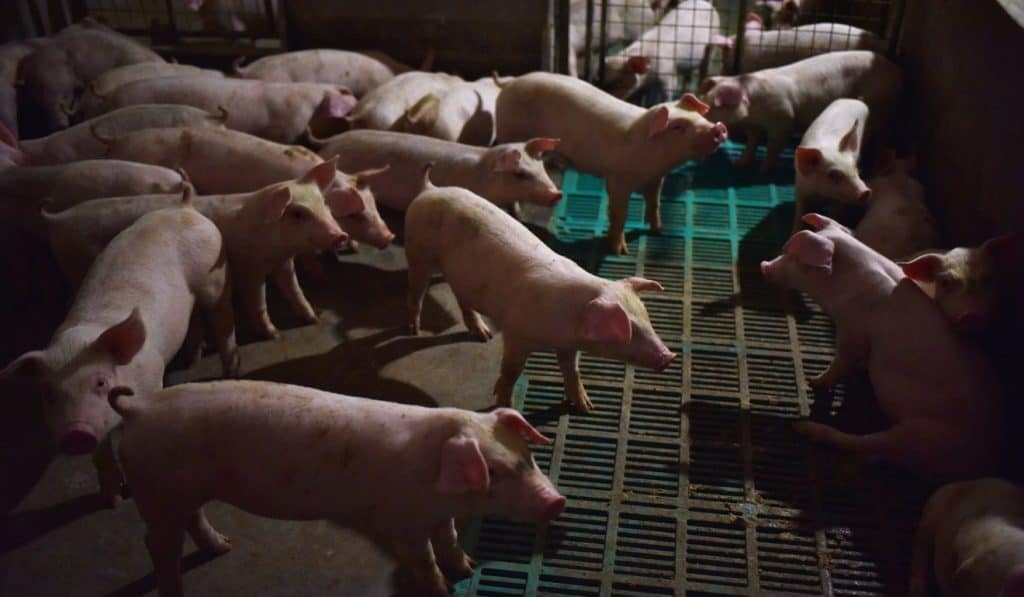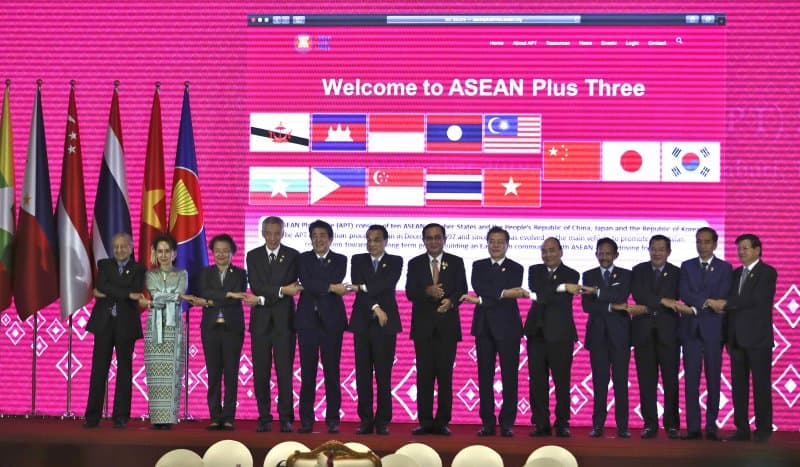The weekly trade report by our correspondent, L.C.

The cancellation of the November 16th-17th Asia-Pacific Economic Cooperation (APEC) summit in Santiago prevented the possible signing of a “phase one” US-China trade agreement. Both Presidents Trump and Xi Jinping had been expected to attend, making a signing ceremony easy to arrange. While an agreement could validly be signed by lower-level officials, President Trump for political reasons wants to have a prominent leaders’ ceremony.
But it is clear now that the phase one agreement will fall far short of what the administration set as its goals when it launched the trade war with China. Many analysts doubt there will be further phases, believing it more likely that the two sides will disengage from serious negotiations, leaving most of the tariffs in place but avoiding further escalation. Beijing has made clear it won’t commit to the structural changes sought by Washington, certainly not all of them and not unless they are part of a broad agreement removing all tariffs and granting other concessions to China.
In the current talks, the most prominent sticking point has turned out to be China’s commitment to purchase US agricultural commodities. The President said China would purchase $40-$50 billion a year, but that’s a huge amount to absorb, China is balking at the US demand that it direct its private sector as to what to buy and from whom. China’s agricultural imports have been largely market-based, with private and state-owned companies buying from the cheapest source. The US is thus demanding that the Chinese government compel purchases of greater amounts than needed and at higher prices – a market-distorting demand that contradicts the US’s stated goal of encouraging the Chinese government to move away from a command economy and allow commercial decisions based on supply and demand.
The US farm sector has suffered more than any other sector from the administration’s trade wars. The American Farm Bureau Federation projects that almost 40% of US farmers’ $88 billion income this year will come from trade aid, disaster assistance, and farm insurance and subsidy programs. It also noted that farm bankruptcies are on the upswing.
Pompeo signals China hard line ahead
Both Vice-President Pence and Secretary of State Pompeo have begun making the intellectual case against a world dominated by Chinese values. Secretary Pompeo began what he said will be a series of speeches on “the Challenge of China” with an October 30th address to the Hudson Institute in New York. The series will span the months ahead and deal with various issues that set the two countries apart – different values, ideologies, unfair Chinese practices, rights abuses, China’s military buildup, its Communist Party rule. Secretary Pompeo’s hard line speech was consistent with the human-rights-focused speech delivered by Vice President Mike Pence last week and with certain previous Administration statements and documents, especially those focused on national security.

Trump and Pence absent from ASEAN / RCEP meetings
The cancellation of the APEC summit in Santiago, Chile because of ongoing leftist riots made the October 31st-November 4th Association of Southeast Asian Nations (ASEAN) summit in Bangkok more significant as the main place for consultations and bilateral meetings among leaders this autumn. But neither President Trump nor Vice-President attended, a diplomatic blunder. The ASEAN summit was expected to focus on trade issues and efforts to intensify internal integration amid slowing growth in the region, which is especially hard hit by the US-China trade war — despite some factories migrating from China to ASEAN countries.
The November 4th Regional Comprehensive Economic Partnership (RCEP) leaders’ meeting that is taking place in Bangkok just after the ASEAN summit is considered the make-or-break event for the seven-year old negotiations – or at least it will determine if an agreement can be reached this year. Tokyo – which is taking the lead in promoting the RCEP as it did for the Trans-Pacific Partnership – was speaking with Beijing to encourage it to further lower its demands on India. Beijing may comply because it is eager for a successful outcome, given increasing pressure to secure an RCEP agreement because of the trade war with the US, its own slowing economy, and its regional ambitions. Successfully concluding the RCEP negotiations would burnish Beijing’s credentials as a supporter of trade liberalization — in contrast to Washington — and as a leader of regional integration.
New Delhi is in a tough spot. It fears what would happen to its economy if it is isolated from regional trade and from global value chains — all of which are further integrating despite the threat of fragmentation due to the US-China trade war and rising protectionism. But it also fears the domestic reaction of its population, already facing a slowing economy and huge trade deficits with many RCEP countries, not just with China.
China notches WTO win against US
A WTO arbitration panel has given China authorization to impose trade measures against the US worth up to $3.578 billion a year. This is the third-largest retaliation ever authorized by the WTO. The case is also noteworthy for being the first time the WTO ever authorized China to retaliate against a trading partner.
Washington could still avoid the duties by complying. That would involve removing or adjusting the antidumping duties on Chinese exports including numerous steel products and machinery, chemicals and minerals, electronics, solar panels, tires, diamond saw blades, furniture, and shrimp. Washington had agreed to comply by August 2018 but failed to do so, which led to Beijing seeking authorization to retaliate and led to the appointment of an arbitrator to determine the amount.
China has already slapped tariffs on just about all US products that it believes it can hit without seriously harming its own economy, so it isn’t clear just how it will respond to the arbitration ruling. Both the US and China may find it convenient to roll the WTO-approved penalties into the ongoing trade talks.
But US wins one against India
Meanwhile the US has won a significant WTO case it brought against India last year. A dispute settlement panel ruled against an array of Indian government export subsidies challenged by the US. It gave India a maximum of 180 days to comply by ending the programs, New Delhi said it intends to appeal. Nonetheless, some Indian sources said they expect the government will revise the programs to make them WTO-compatible.
Despite the WTO case, the Trump and Modi administrations have been amicably working on a bilateral trade agreement. New Delhi would remove some practices the US objects to, probably in return for India’s re-entry into the US Generalized System of Preferences (GSP) program. The talks are apparently going well and likely to conclude soon
USMCA still in limbo
Regarding the USMCA, Stephen Moore, a former senior economic adviser to President Trump, writes in the Washington Times that Speaker of the House Nancy Pelosi reportedly “is blockading a vote of the 435 members of the House of Representatives” on the USMCA because she “is worried about giving Mr. Trump a ‘win,’ so she’s inventing flimsy excuses for endlessly delaying a vote.” Bloomberg News for its part runs a shocking headline that the “Trump White House Wants Direct Control Over Where Cars Are Made” and quotes a source remarking “how much his administration has drifted from Republicans’ free-market ways and is willing to employ the sort of coercive tools used in command economies like China.” The White House is said to want the flexibility to decide how and when the new auto rules-of-origin apply to specific companies. If true, this would bestow on the president a dictator’s power to favor one company over another.
And that was the week that was in the trade battles fought among the acronyms – APEC, RCEP, WTO, ASEAN, USMCA. Stay tuned for our next week’s report.
L.C. also consults on trade matters for Japanese business.

Leave a Reply